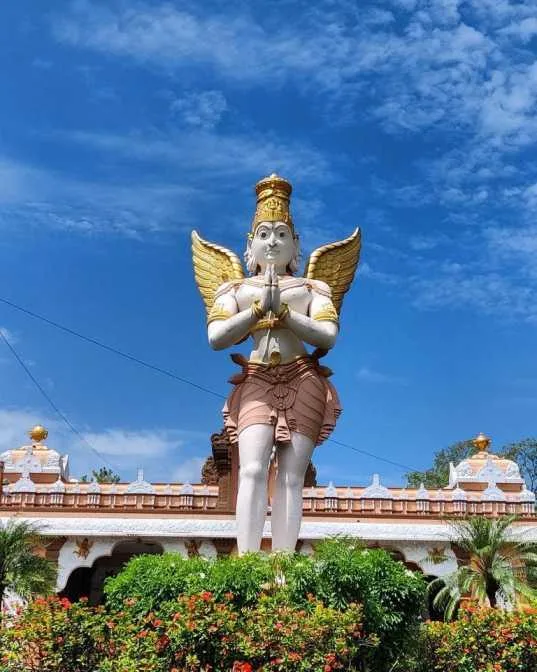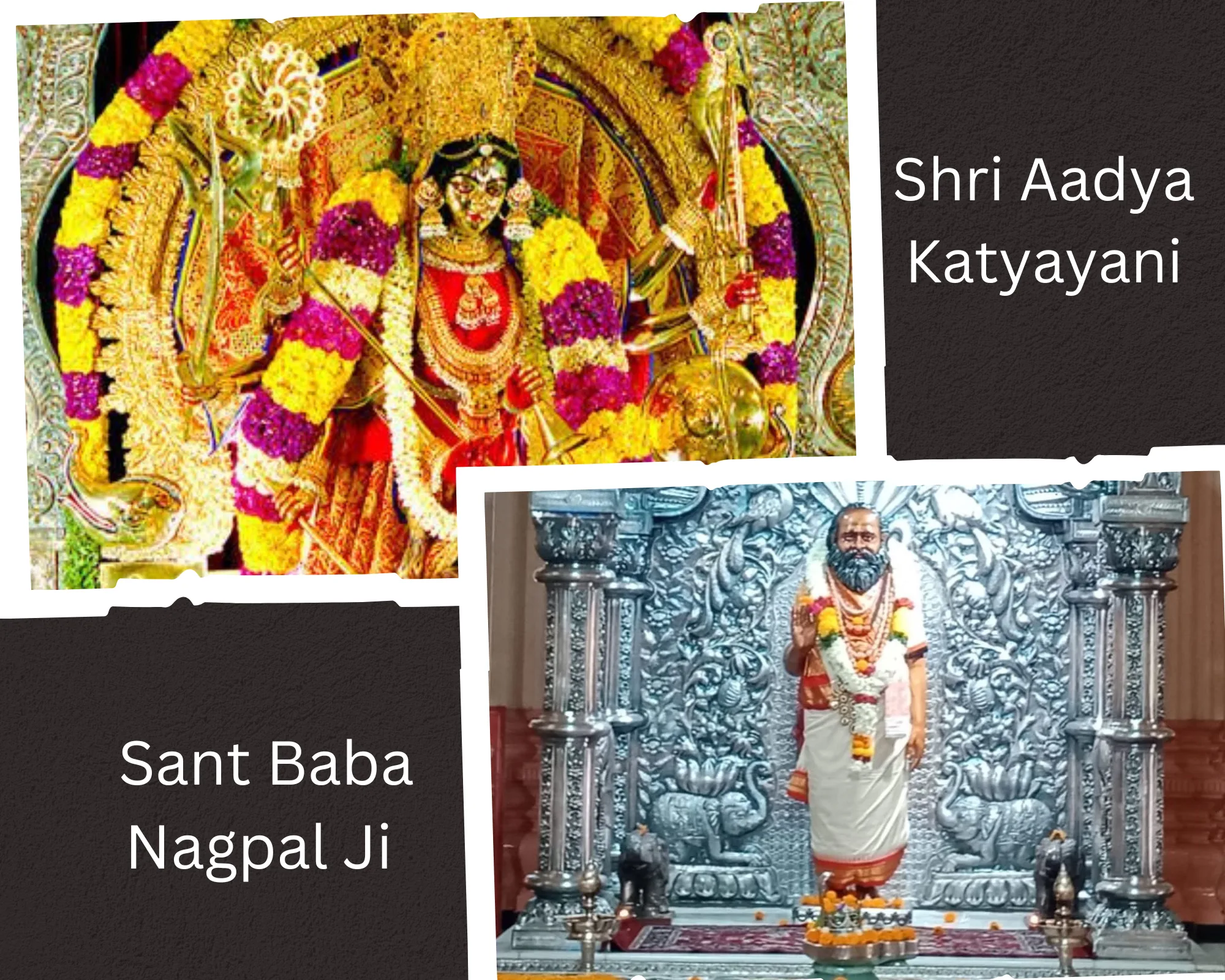Harmony in the Hills: Alipiri Padala Mandapam – Tirupati’s Hidden Gem
Alipiri Padala Mandapam, also known as Alipiri, is a significant location situated at the base of the seven hills in Tirupati, the revered city of Sri Venkateswara Swami, in the state of Andhra Pradesh, India. Alipiri serves as one of the two routes for pilgrims to reach Tirumala on foot. For a considerable time, it … Read more




